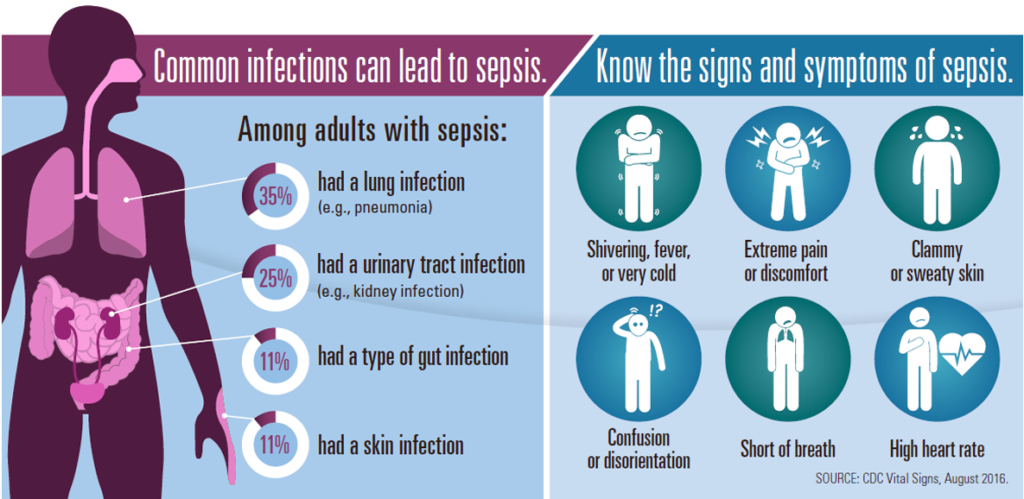
 Connie Semler lives in Willow City, North Dakota and is a talented artist. [An example of her artwork pictured to the right]. Connie crafts images out of metal that she hand cuts with a plasma cutter. As a former art teacher, she spends her free time working in her studio. She and her husband, Tim, are retired, live on a farm and have two grown daughters, Holly and Lacey.
Connie Semler lives in Willow City, North Dakota and is a talented artist. [An example of her artwork pictured to the right]. Connie crafts images out of metal that she hand cuts with a plasma cutter. As a former art teacher, she spends her free time working in her studio. She and her husband, Tim, are retired, live on a farm and have two grown daughters, Holly and Lacey.
This past February Connie began to experience lower back pain, which she thought little of initially. She would take aspirin and try to deal with the pain best she could. Over the course of a few days, she was getting very little relief; the pain worsened. Connie commented, “I just felt rotten.”
Connie and Tim were not sure what was happening, but they assumed it was temporary and the symptoms would go away.
At the end of the week, her condition worsened and Connie went to the Emergency Room in Minot. She attended the appointment alone. She was treated for a basic Urinary Tract Infection (UTI), prescribed an antibiotic and sent home.
 Her mind started to play tricks on her. “I was having a hard time making good judgements.” She was having trouble verbalizing her thoughts. Her condition declined quickly. “Because I was trying to sleep in a living room chair, I remember warning my husband that if I needed to move during the night, I would ring my mom’s antique school bell, so he could help me if needed.” She also recalls not being able to make it to the bathroom.
Her mind started to play tricks on her. “I was having a hard time making good judgements.” She was having trouble verbalizing her thoughts. Her condition declined quickly. “Because I was trying to sleep in a living room chair, I remember warning my husband that if I needed to move during the night, I would ring my mom’s antique school bell, so he could help me if needed.” She also recalls not being able to make it to the bathroom.
That evening was the worst she had felt. Connie recalls, “I was hunched over the kitchen counter in pain. I was upset and was suffering from a pretty dramatic hallucination.” The following morning, Tim insisted that they revisit the Emergency Room; this time they traveled to Heart of America Medical Center in Rugby. “I had excellent care in Rugby. They did a blood culture and determined I needed an alternative antibiotic because I had sepsis.” Heart of America EMS is a participant in Great Plains QIN Special Innovation Project, Early Recognition and Treatment of Sepsis”.
After three days, her condition continued to decline. Connie’s lungs began to fill with fluid and her hallucinations were progressively becoming more frequent. “I clearly remember thinking, ‘how can I let myself die?’ I did not want my family to have to keep coming to see me. That is how messed up I was. It was awful.”
She was transported by ambulance to Minot. An MRI was done, which showed an abscess in her lower back. Connie recalls, “My hallucinations at this point were horrible. I remember seeing the MRI machine and thinking it was a roller coaster I was going to ride. I was nervous because I do NOT do roller coasters.”
After a few days in Minot on antibiotics, Connie began to feel better. Her mental state improved and she made a gradual incline and was feeling better. This was after being hospitalized for 11 days; followed by 42 days of IV treatments post-hospitalization.

The symptoms of sepsis, in its early stage, is very difficult to diagnose, but easy to treat; as sepsis progresses, it becomes easy to diagnose, but difficult to treat. It is common for patients to be treated for the primary infection and sent home, but if they do not respond well to that treatment, it is imperative for them to return to the emergency room. We encourage patients to recognize the signs and symptoms of sepsis, just as they would the symptoms of a stroke or a heart attack. We want to remind individuals that it is OK to say to the healthcare professional, “I am concerned about sepsis”.
Connie advised, “If you are experiencing symptoms that do not seem to be like a normal illness, please seek help immediately. Now that this happened to me, I am definitely more aware of sepsis and what to look for. I would also not recommend attending medical appointments alone because I had a hard time remembering what I was told.”
Nearly six months have passed since Connie fought sepsis. She feels fine today, but has a little trouble with balance and has had strep throat since, which was not something she had dealt with prior.
“It is important for all individuals to recognize the combination of a known or suspected infection plus two or more vital signs that are not within normal range as a medical emergency. We put all these heavy criteria on it sometimes, such as temperature greater than 100.4 or less than 96.8, pulse > 90, respiratory rate > 20, but those are hard things to remember if you don’t work with it regularly. But the fact is, if there is an infection plus two or more changes to vital signs the situation is dangerous and it is imperative that the person see a doctor immediately,” added Nikki Medalen, MS, BSN, APHN-BC; Great Plains Quality Improvement Specialist.
Medalen concluded, “It is important for anyone who has had sepsis should make sure that all of their medical providers/specialists know of their previous sepsis event as sequalae evolve and become apparent over time, such as anxiety and memory problems, recurrent infection and set backs in the ability to control chronic heart, lung and kidney diseases.”
Additional Resources
Sepsis Survivors: https://www.sepsis.org/education/patients-family/sepsis-survivors/
Post-Sepsis Syndrome: https://www.sepsis.org/sepsis-basics/post-sepsis-syndrome/
Over 1 million cases of sepsis occur each year in the United States; half of the patients who get sepsis will die. We are working to increase awareness of sepsis in observance of Sepsis Awareness Month. We hope you will join us in promoting sepsis awareness during September. We will continue to share stories, like Connie’s, and share sepsis resources and tools in the coming weeks.#thinksepsis
